I'm trying to read the speed of a manual treadmill (the York Pacer 2120 - manual: http://www.yorkfitness.com.au/uploaded/pdf_40Pacer%202120%20Treadmill_5500.pdf) by intercepting the wire that comes out of its speed sensor. My understanding that I've garnered by taking apart as much of the treadmill as I can is that the speed sensor is basically a magnet attached to a big disk attached to the belt of the treadmill that generates current every time it passes a coil of wire.
The wire that comes out of the speed sensor ends in a 3.5mm jack. I plugged this into my laptop's microphone port and recorded the "sound" of me walking at both high and low speeds. I've attached images of the waveform recorded in Audacity for low and high speed respectively.


My aim is to measure the speed of the treadmill in real time so that I can pass it as input into my game engine and control the speed of a character in game. I'm not sure what the best method to do this is but at the moment I'm trying to measure the distance between the "beats" in python using PyAudio.
To do this I've copied the beat detection code from the answer to another question (Detect beat and play (wav) file in a syncronised manner) but that gave me an usably high level of false positives.
Does anyone have any ideas as to how else I could go about getting a usable speed out of this signal? If you do, a code example would be very much appreciated. Other than that, how else would people go about trying to measure the speed off a manual treadmill? I've tried everything from using a camera to measure the distance between pieces of tape stuck to the treadmill belt to physically sticking a mouse to the treadmill to measure the speed of the belt.
The sound files are here:
And the audacity projects here: https://www.dropbox.com/s/3cjvo3m2ln2ldet/AudacityFiles.zip?dl=0